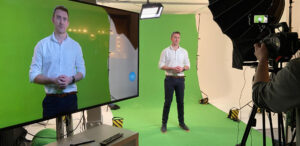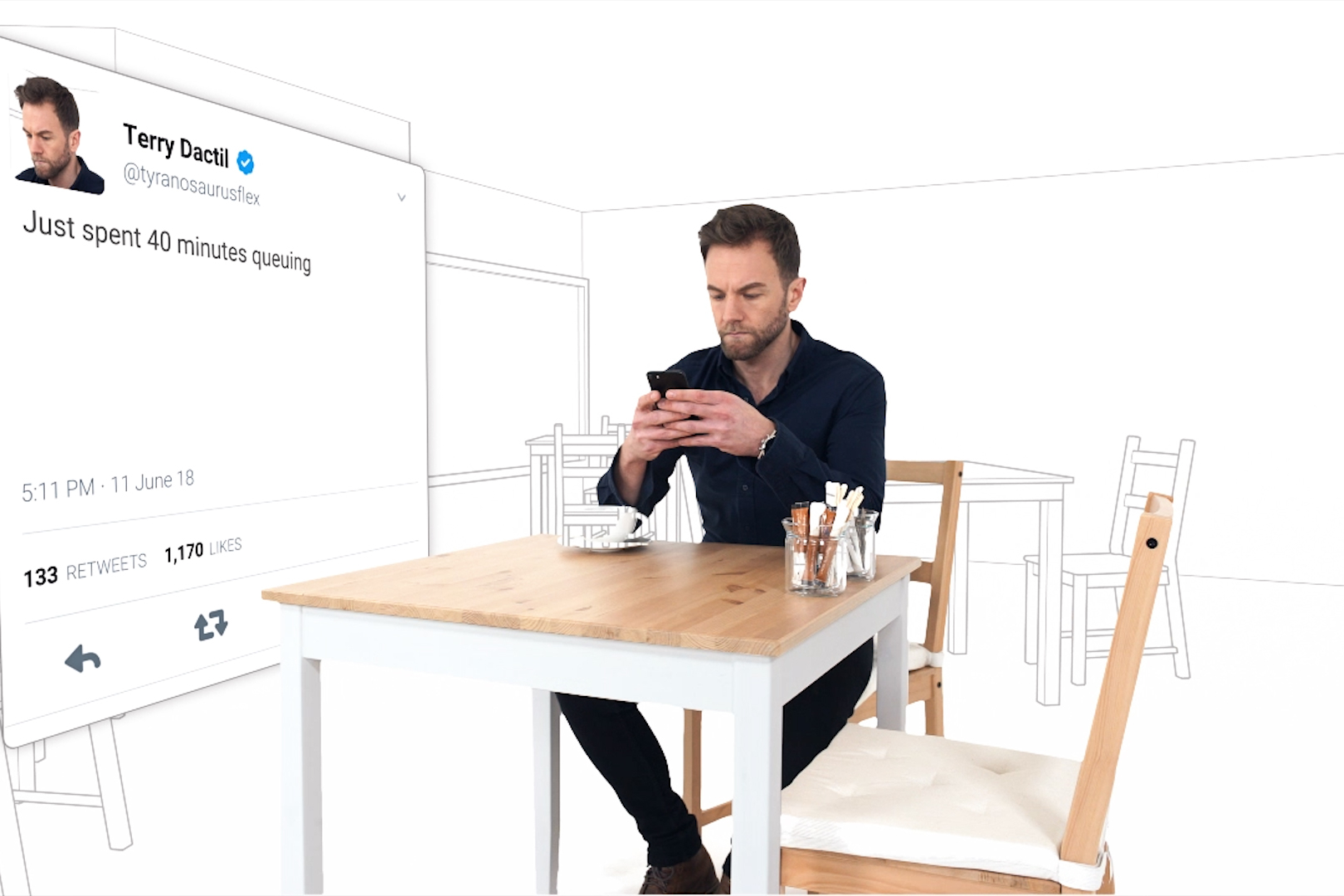When to use low tech and when to go professional
Technology is constantly evolving and the cameras we now carry around on our phones can be amazing, so do you need to go professional, or can you film your next case study video or product demo on your phone?
Here’s 6 reasons to work with a video agency
Go professional for Quality
Phones cameras can be very good but as they’ve evolved so have professional cameras. So as computers, TVs and projectors are able to display at 4 and 8k resolutions, your picture quality needs to be pin-sharp and colour rich. Not only that, but having multiple cameras using different lenses gives your video the professional feel and interest that your audience are expecting. Look for camera operators that have proper, sturdy tripods, professional video cameras or SLRs and not anything you can find at your local electronic retail store.
Lights

Selfie lights and ring lights are all good for a video call or posting to social media but when it comes to looking professional on your website, at events or even on broadcasts, professional lighting is a must. Look for a multi-light setup, often 3 to perfectly light your subject and fill in the background and from multiple sides.
Go professional on Audio
You may be surprised to know that audio is the backbone of your video. Not only capturing spoken audio in full clarity but also soundtracks and any other supplementary audio. Professional mics, fitted correctly can allow you to pick up every nuance being said and avoid the surrounding background noise. If your audience can’t hear you properly they’ll lose attention fast. Look for suppliers that can be flexible using lapel mics and boom arms and not the camera’s own audio. Plus ensure an audio technician is listening with headphones to what the camera is actually picking up, nobody wants to finish the shoot and realise the audio was too quiet or an airplane drowned out your speaker.
Direction

Lights, camera, action? Maybe, but you may be surprised how difficult it can be to deliver once the camera is rolling. This is where an experienced, calm and friendly director comes in. It’s their job to ensure you look natural on screen, deliver confidently, get the message across that you intend (you’d be surprised how often what we read and what we say can be different) and that everything that should be in shot is and anything else isn’t. For better cost effectiveness look for directors that double up as camera or autocue operators or sound technicians.
Set dressing
What’s going on around and behind your presenter can be hugely impactful and depends on the kind of video you want to produce. Most of the time, clean and clear works best so viewers concentrate on your presenter. So look for solid colour, well lit walls, move excessive furniture out of shot and include simple decoration. But on occasion you might want the opposite, a Christmas video might need an entire set built including fireplace, Christmas tree and snow. Either way, look for an agency that pays attention to detail and is happy to shoot on location, in an office or even build sets specific to your needs.
Go professional for motion graphics

Adding text and graphics in post is a great way to highlight key points of your message. They may include title animations to introduce your speaker and their job title, you might pick out key statistics or a process diagram. Remember to keep graphics simple, suit your brand guidelines and compliment rather than detract from the speaker. Look for agencies that use professional animation software such as Adobe After Effects rather than clip art animations.
And there’s your 6 key areas to consider when deciding whether to capture a quick low tech video or to work with a professional video agency.
Want to get in touch?
Blog posts
How is Matterport different to 360° video?
October 4, 2023
What kind of video will work for you?
August 16, 2023



